Introduction
Among all garments in menswear, none has carried as much cultural weight as the tailored suit. More than just clothing, it has been a symbol of authority, refinement, and individuality for over two centuries. The history of the suit reflects not only shifts in style, but also deeper currents of social change, class mobility, and modern identity. While dress codes continue to evolve, the suit remains a cornerstone of classic menswear; its relevance continually renewed by each generation of men who choose to wear it.
1. Origins: The Military and Aristocratic Roots
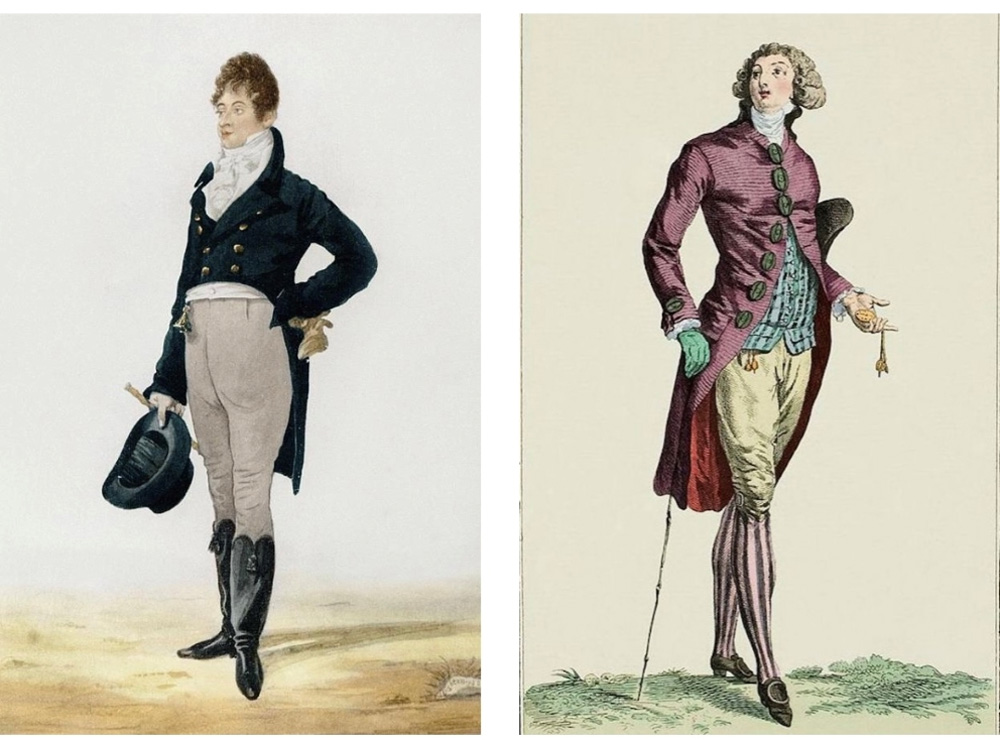
The modern suit’s ancestry can be traced back to uniforms and aristocratic dress of the 18th and 19th centuries. Military attire, with its structured shoulders, buttoned fronts, and disciplined lines, provided both the silhouette and symbolism of authority. Officers returning from campaigns brought these elements into civilian fashion, where they were adapted for peacetime use.
At the same time, European aristocracy was shifting away from ornate, flamboyant clothing toward subtler, cleaner lines. This transition was championed by figures like Beau Brummell, the 19th-century dandy who rejected brocade and lace in favor of simple, perfectly cut coats in dark wool, crisp white shirts, and polished boots. His philosophy, that true elegance lay in restraint, set the foundation for what would become the modern tailored suit.
2. The Birth of Modern Tailoring
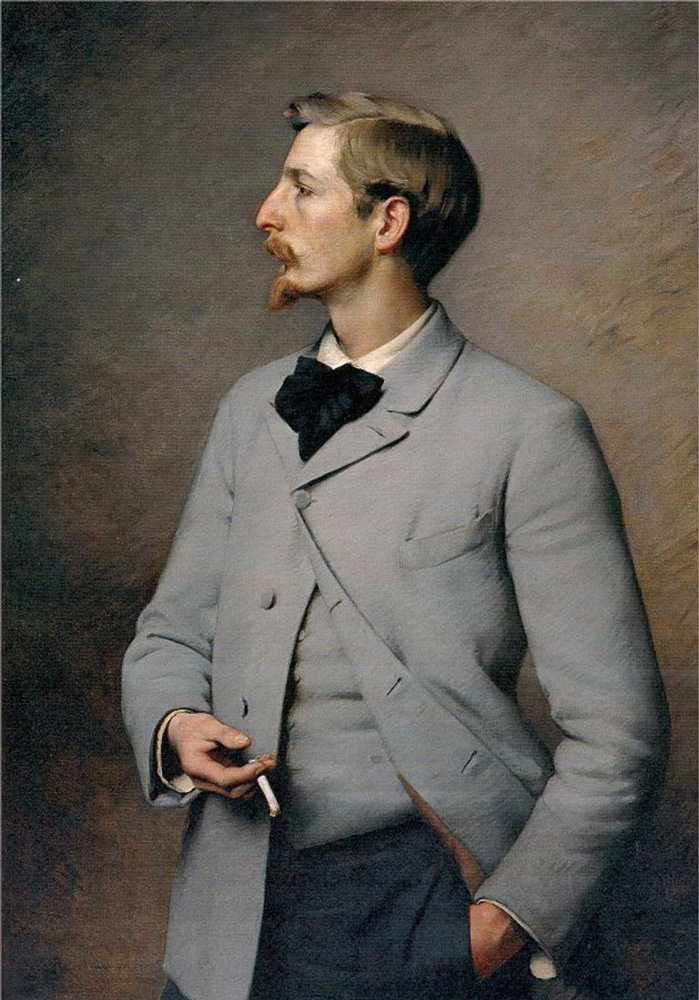
By the mid-19th century, the suit had crystallized into a form recognizably modern. The lounge suit emerged as a more relaxed alternative to the frock coat, designed for comfort yet still maintaining dignity. At the heart of this transformation was Savile Row in London, which became the epicenter of bespoke tailoring. Here, artisans perfected techniques of cutting, canvassing, and hand-finishing that defined the structure and elegance of a well-made suit.
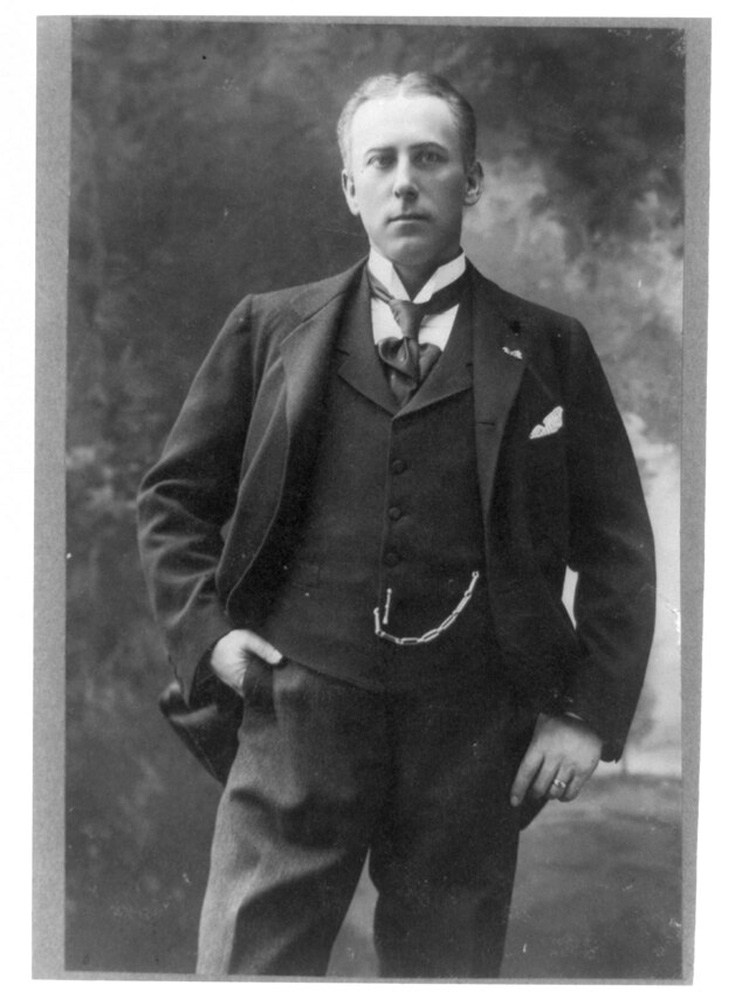
The lounge suit’s appeal was its balance: democratic enough for everyday wear, but refined enough for formal settings. Its rise mirrored broader social changes: industrialization, urbanization, and the growing importance of the professional class. The suit became a uniform not just of nobility, but of the modern gentleman.
3. The Golden Age: 20th Century Codification
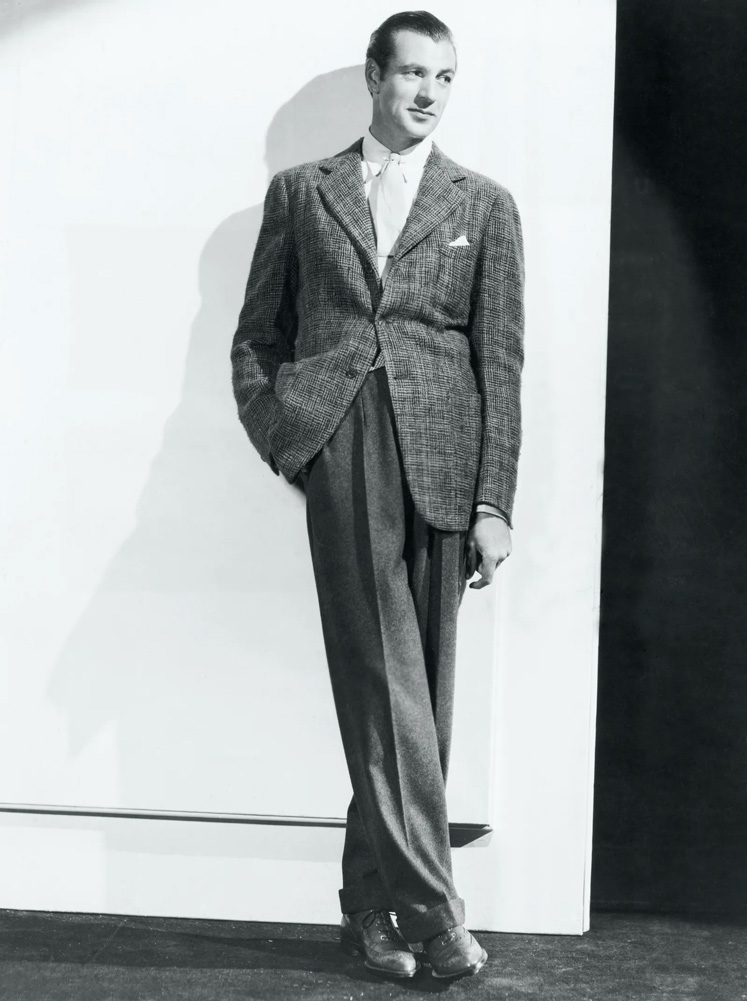
The early to mid-20th century is often described as the golden age of men’s tailoring. In his seminal work Dressing the Man, Alan Flusser highlights this era as the time when the “rules” of classic dress were codified. Principles of proportion, balance, and harmony that remain relevant today.
The 1930s saw broad, draped suits in rich fabrics, projecting confidence during turbulent times. The post-war 1950s popularized the grey flannel suit, symbolizing prosperity and conformity, particularly in the United States. The Ivy League look – natural shoulders, slimmer lapels, button-down shirts – offered a distinctly American interpretation of tailoring.
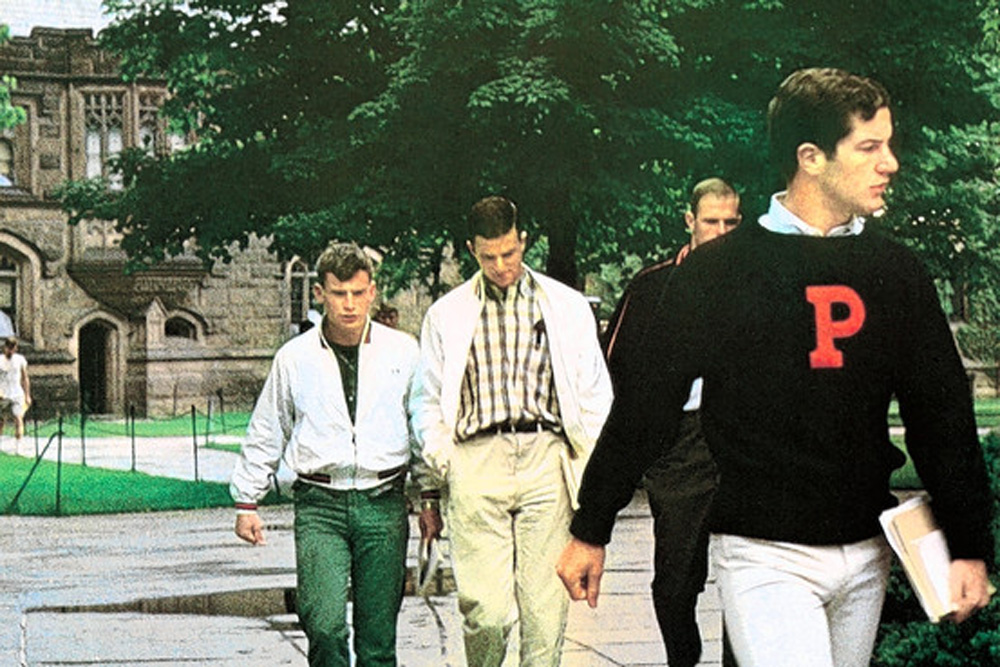
Meanwhile, continental tailoring in Italy and France introduced softer constructions, lighter fabrics, and more expressive flair. Whether British, American, or Italian, the suit became both a universal language and a local dialect of style.
4. The Language of the Suit: Symbolism and Identity
More than mere fabric, the suit functions as what G. Bruce Boyer in True Style calls “social armor.” It communicates respect, intention, and self-awareness. Worn in business, politics, or ceremony, the suit conveys dignity without the need for words.
But within its restraint lies immense room for individuality. A man may express himself through the roll of his lapel, the drape of his shoulder, the choice of a hopsack over flannel, or the play of a pocket square. Boyer emphasizes that true style is not about novelty but about permanence, about knowing what to leave out. The suit’s power lies in its continuity: a thread linking generations, each man adding his interpretation to a timeless form.
5. Decline and Reinvention: Late 20th Century to Present
By the 1970s and 1980s, tailoring reflected broader cultural currents: power suits with strong shoulders, pinstripes, and bold ties became emblems of corporate ambition. The 1990s brought looser fits, minimalism, and the beginnings of “business casual.”
Some predicted the suit’s demise in an age of jeans and T-shirts. Yet tailoring proved remarkably resilient. Designers and bespoke tailors alike responded by reimagining the suit: softer constructions, unstructured jackets, and seasonal fabrics like linen, hopsack, and fresco. Instead of being a symbol of conformity, the suit became a statement of intentionality, a choice rather than a requirement.
6. The Suit Today: Why It Still Matters
In today’s world of relaxed dress codes, why does the suit endure? Precisely because it has become less obligatory. To wear a suit now is to make a conscious decision, to signal care, respect, and individuality.
Seasonality has also renewed its relevance. A linen suit feels effortless at a summer wedding. A hopsack blazer adapts seamlessly from office to travel. High-twist wool offers breathability and resilience in tropical climates, while flannel and tweed provide warmth and gravitas in winter. The suit is no longer one rigid form but a versatile wardrobe of possibilities.
For the modern man, the suit is not an everyday uniform but an elevated choice, a way of expressing timeless elegance in a world of passing trends.
7. Building a Timeless Suit Wardrobe
Every man looking to build a wardrobe rooted in classic style should start with a few essentials:
Navy wool suit: the foundation for business and formal events.
Charcoal grey suit: versatile and understated.
Grey flannel suit: essential for cooler months.
Seasonal options: linen, hopsack, or fresco for summer; tweed or cashmere for winter.
Occasion pieces: a tuxedo for evening, a sports coat for smart casual wear.
These garments form not just a wardrobe, but a language of dress that adapts to context while maintaining elegance.
Conclusion
The tailored suit is more than a garment, it is a story of culture, continuity, and character. From its military and aristocratic roots, through the codification of 20th-century elegance, to its modern reinvention, the suit has endured because it transcends fashion.
As Alan Flusser reminds us, true style lies in proportion and permanence. As Bruce Boyer observes, it lies in restraint and individuality. Together, these insights reveal why the suit remains the most enduring symbol of menswear.
To wear a suit today is not to conform, but to choose to stand with intention in a world that too often settles for the casual. And in that choice, the timeless elegance of the suit lives on.

